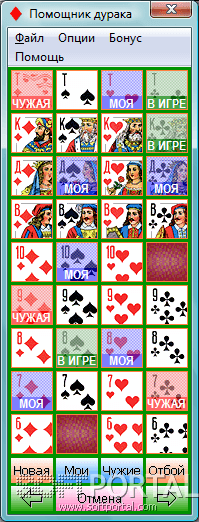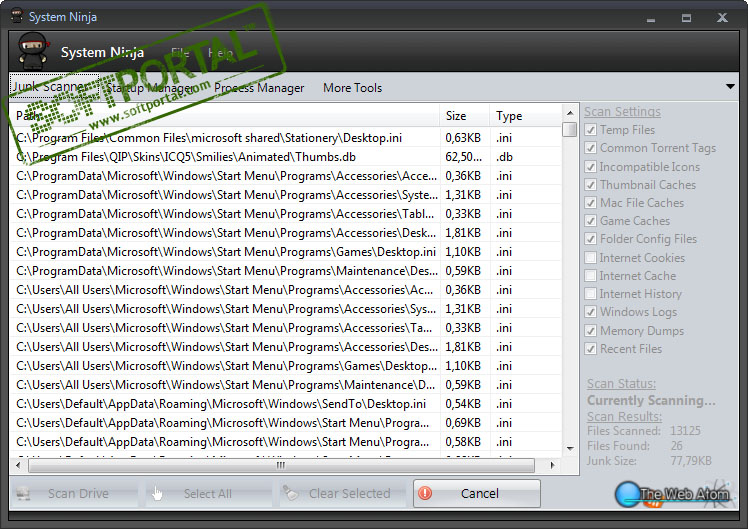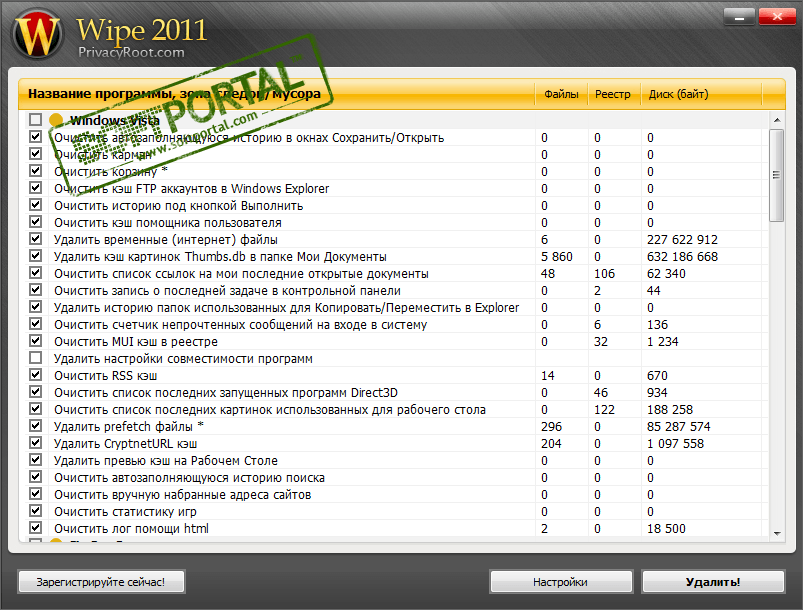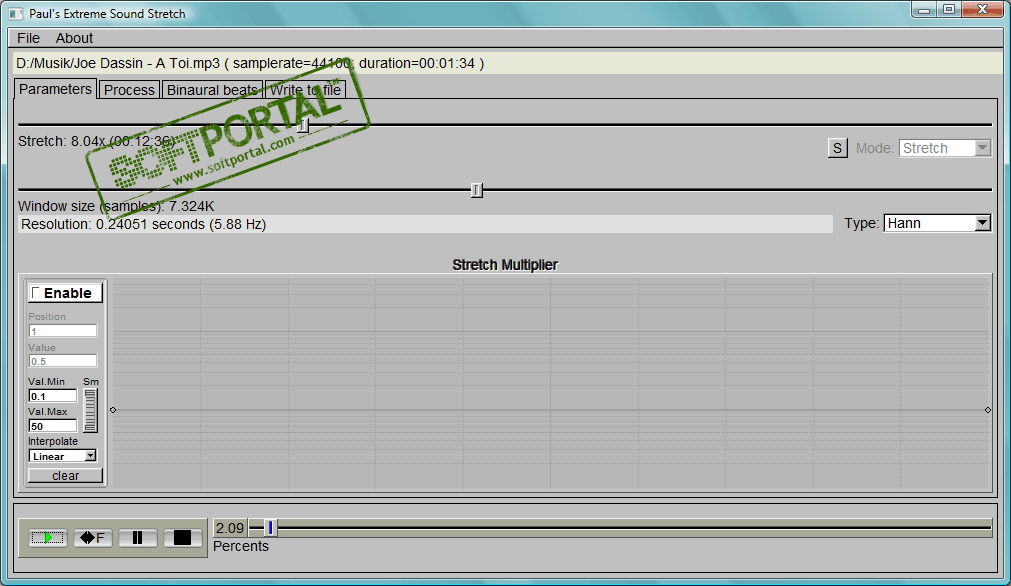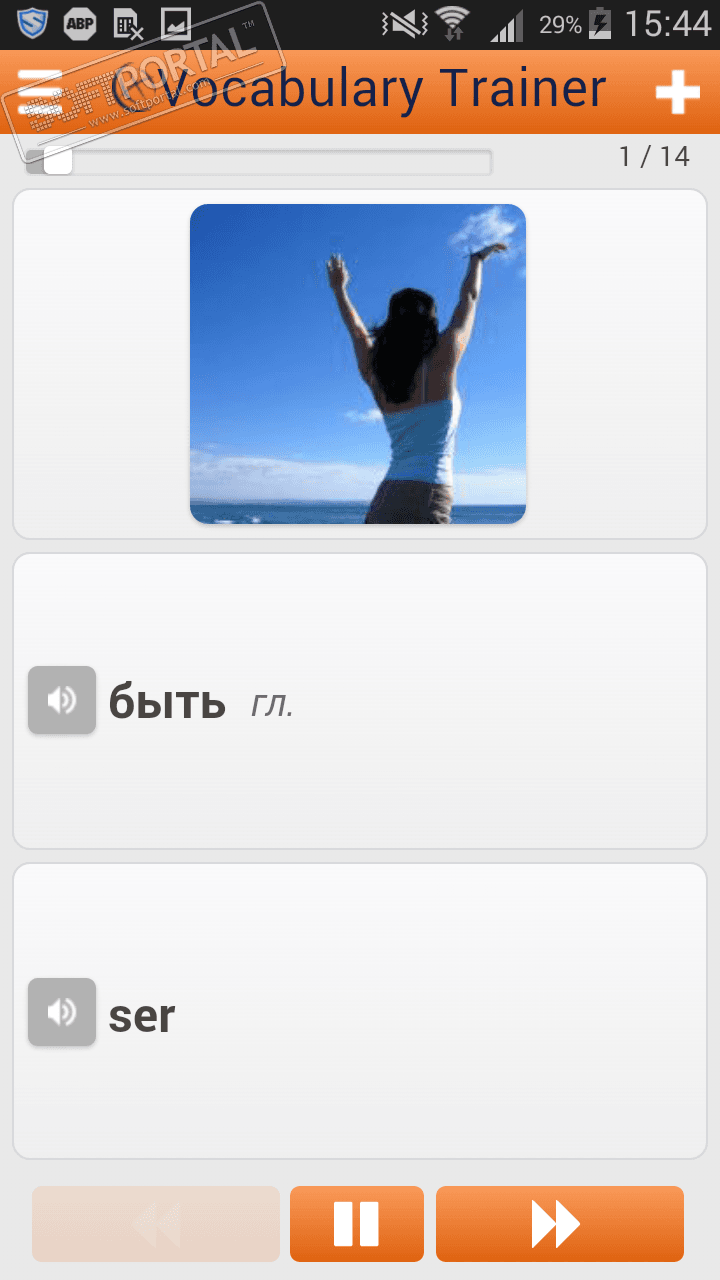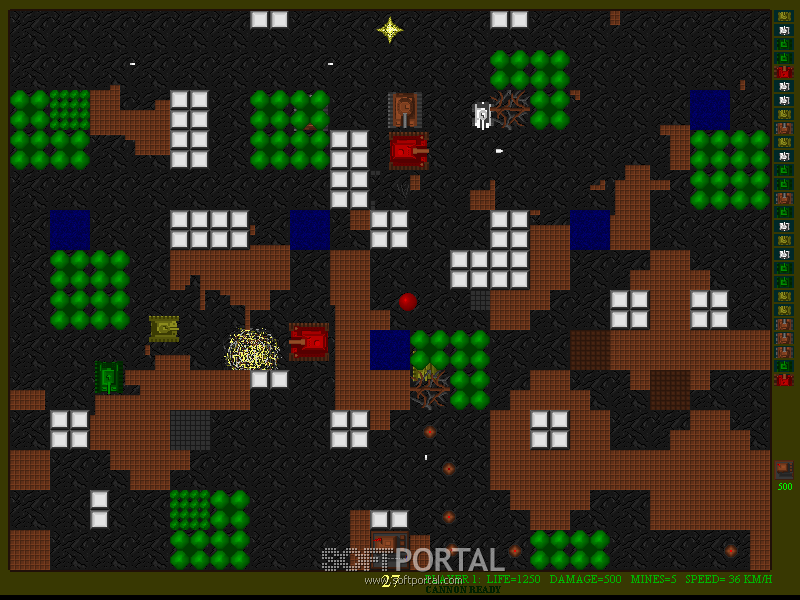Music Examiner 2008.06.10
| Evaluation | 4.50/5 votes - 6 |
|---|---|
| License | Shareware |
| Restriction | 10 min. for each launch of the program |
| Version | 2008.06.10 |
| Updated | 20.06.2008 |
| OS | Windows Vista, XP, 2000 |
| Interface | English |
| Developer | Murat Dzhusupov |
| Categories | Educational software - Music |
| Downloads (today/total) | 0 / 6 597 |
| Size | 615 KB |
Music Examiner - the program is aimed at developing musical abilities and, above all, the ability to grasp music on the fly and immediately reproduce it. This gives the practical experience that cannot be obtained from textbooks, but which can only be obtained by playing music yourself.
High-pitched melodic hearing and musical memory simultaneously with orientation on the keyboard is necessary, which allows a person to pick up a melody on the instrument by ear.
The program Music Examiner offers:
- Check your musical (intonation) hearing.
- The program checks (and trains) your musical memory. To do this, there are exercises for memorizing not only one tone, but also melodic chains of two, three, four and five notes.
- The choice of tasks for a chain of two sounds in a chromatic scale is an effective exercise for the ability to hear intervals out of tune, for the development of relative melodic hearing.
- The proposed choice of frets introduces the basic natural frets.
- In fret tasks, knowledge of the notes of the scale steps is assumed.
- The ability to listen and indicate the sound sounded in a certain selected fret is brought up.
- Choosing tasks for a chain of two sounds in a fret develops both a fret sense (resolution of unstable sounds into stable ones), inner hearing, and the ability to hear intervals in a fret.
- Removing the range restriction makes it possible to hear and define compound intervals, both diatonic (in fret) and chromatic (out of fret).
- The music examiner provides a student's report to the solfeggio teacher, since during the lesson a file is created from which you can find out how many times during the reporting period the student was engaged in this simulator and how much time was spent on classes.
- All the results of performing various exercises in the exam mode are recorded in a special file-a log of assessments for all types of tasks.
- A log of the time spent working with the program is automatically kept, it is saved as a text file TimeLog.txt in the program folder.
- The program has a 16-channel midi sequencer that teachers can use as an editor to create musical fragments (including polyphonic ones) used for classes with students.
- As additional options, the program includes a metronome with visual indication and a tuning fork continuous tone generator for tuning musical instruments


